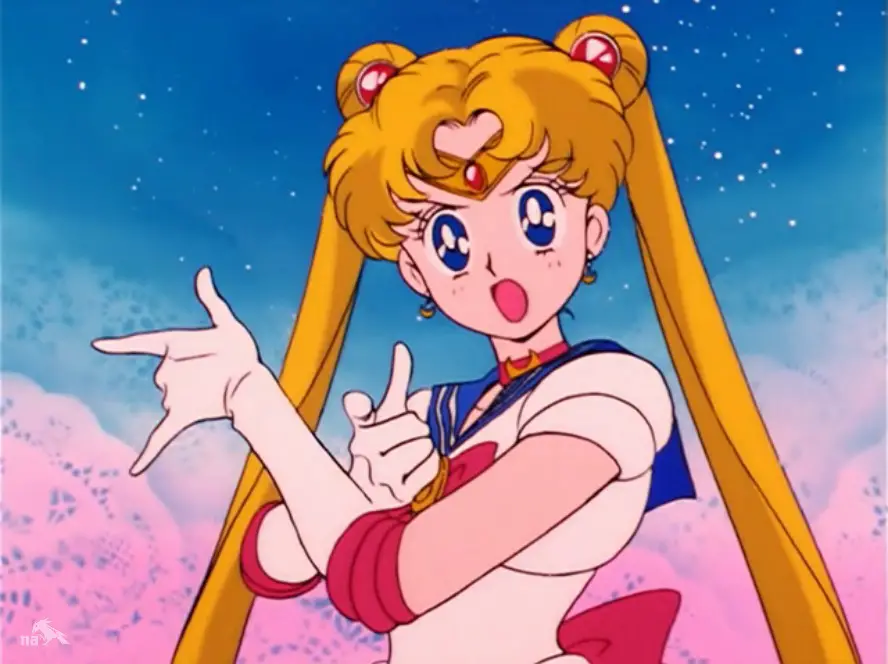Animated cartoons play an integral role in childhood. The shows introduce young audiences to basic concepts like reciting the alphabet and sharing with others. As the viewers grow up, the shows they watch contain increasingly complex characters and storylines.
Cartoon Network’s Toonami block (a mix of car-TOON and tsu-nAMI) took the concept of mature animation one step further. This 20-year-old section of television programming exposed kids around the world to Japanese animation (anime for short), and by doing so, laid the groundwork for a globally minded audience, a skill citizens of the world need now more than ever.
International Influences
Many shows considered to be quintessentially American actually originated in Japan, including “Astro Boy,” “Speed Racer” and “G-Force.” Even the beloved “Power Rangers” series, in line for a movie reboot, is based off the Japanese show “Super Sentai.” In fact, all of the action scenes from every “Power Rangers” television show are actually clips from the Japanese counterpart.
The fact that these shows came from Japan remained largely unknown until Toonami made it clear. The T.V. block’s premise revolved around providing programming for the preteen to the young adult crowd, the range most anime shows fall into. Now popular shows like “Sailor Moon” and “Dragonball Z” could be appreciated for what they were: Japanese shows.

Occasionally, Toonami would opt to keep the opening title sequences of the cartoons in Japanese, adding to the cultural authenticity of the shows. Revealing the ethnic roots of these shows, as well as airing them alongside comparable animated works made in the United States, highlighted the similarities between cultures.
However, the relationship between Japanese and American animation has always been give and take. Even though most people consider modern anime quite distinct from American animation, the two share similar roots. In fact, early Japanese animation was heavily influenced by the character “Betty Boop,” made by American cartoonist Max Fleischer. Notable Japanese comic artist Osamu Tezuka, the creator of “Astro Boy,” for example, was inspired by Betty Boop’s design. Now, American cartoonists are being influenced by Japanese animation. Talk about coming full-circle.
Japanimation
Toonami didn’t just expose its audience to another culture through show intros; Japanese anime itself differed from American cartoons in significant ways. One example is the setting that the majority of Eastern shows take place in.
Some are straightforward about their origins, occurring in feudal Japan (“Rurouni Kenshin”) or present-day Japan (“Sailor Moon”). Many other shows, like “Neon Genesis Evangelion,” take place in the not-so-distant future, often after a catastrophic event that mirrors the bombings of Hiroshima and Nagasaki during World War II. Understandably, the process of recreating an entire country after such a devastating war would appear in every form of media available.
Also, the animation style of Japanese shows diverged from their American roots. Whereas U.S. cartoons of the 1990s often tended toward exaggerated abstraction (“Rugrats”), Japanese cartoons leaned toward anatomical correctness, save the wide eyes. The attention to nuances in animation also shone through in Japanese anime, especially during the action scenes. Many were animated in great detail and choreographed like live-action fight scenes.
Finally, the most distinct aspect of anime is storytelling. Until recently, American cartoons had an episodic structure. Viewers could begin watching at any point without feeling lost. This followed the set-up of the even more popular live-action sitcom shows.
However, Japanese animated shows got their formatting roots from “manga,” or Japanese graphic novels. Often, these mangas would follow sophisticated storylines. So, when these comics were adapted to animation, they retained their story-driven formats. Audiences had to tune in every week to keep up with the story, similar to how streaming services, like Netflix, structure their own shows. This allowed for more sophisticated storytelling, which could explain why younger generations have grown to like the style.
New Global Culture
It would be one thing if Toonami only aired in the United States, but Turner Broadcasting brought Toonami to six of the seven continents (sorry, Antarctica). An entire generation of kids from around the world grew up watching the same cartoons. This is on par with the extensive reach of Disney movies. However, those animated films were kept culturally bland, despite featuring protagonists of varying ethnic backgrounds.
Although not every country had access to the exact same shows, the previously mentioned attributes of Japanese animation occur in almost every anime. Basically, the idea of anime had become international. A Brazilian teen and a French teen could discuss anime and fully understand one another. Interestingly enough, the two would have more in common with one another than with elder members of their respective ethnicities.
This phenomenon may seem insignificant, but actually illustrates an important point: People across international borders are becoming more connected by age than their country of origin. Toonami has inadvertently given common ground to the first generation of digital natives. The television block arose right as the internet became the main way for younger generations to connect with one another.
Now, many would argue that talking with a friend halfway across the globe is easier than speaking with a parent. Toonami gifted the internet generation with a shared childhood that transcends international borders. That’s one more step toward bringing the world together on a global scale.
Global Village
The more interconnected the world gets, the more significant finding common ground becomes. Toonami acts as a subtle reminder to an entire generation to think globally, starting with recognizing other countries. Recognition includes the food, language and even clothing of another nation. By examining another culture, people gain a new awareness of their own cultures. Such knowledge also facilitates empathy for foreigners.
Insight also allows for commonality, another boon in the internet age. With most millennials having more in common with their generational brethren than older members of their nations, finding common ground allows people to make changes worldwide. And that’s what the world needs right now.
With so many changes happening internationally, no single country can fix the damage alone. Similarly, no one country can afford to ignore the effects. Acting on a global scale requires thinking universally, and Toonami has primed an entire generation for just that.
To check out what Toonami is all about, tune into “Adult Swim” Saturday nights at 11 p.m. Their latest addition to the line-up is the continuation of Toonami veteran “Samurai Jack.” The show was created by Genndy Tartakovsky, a Russian animator, inspired by Japanese animation, making American cartoons. How’s that for global?
















